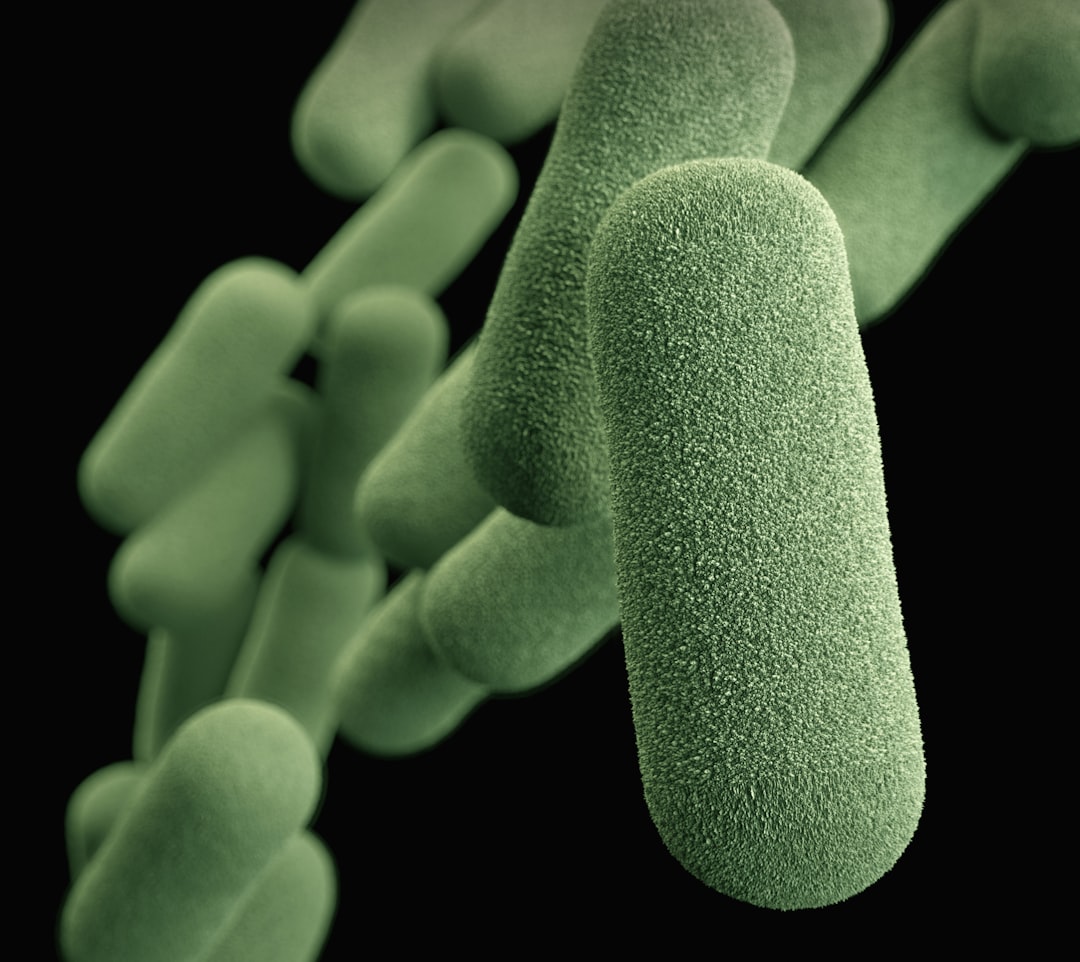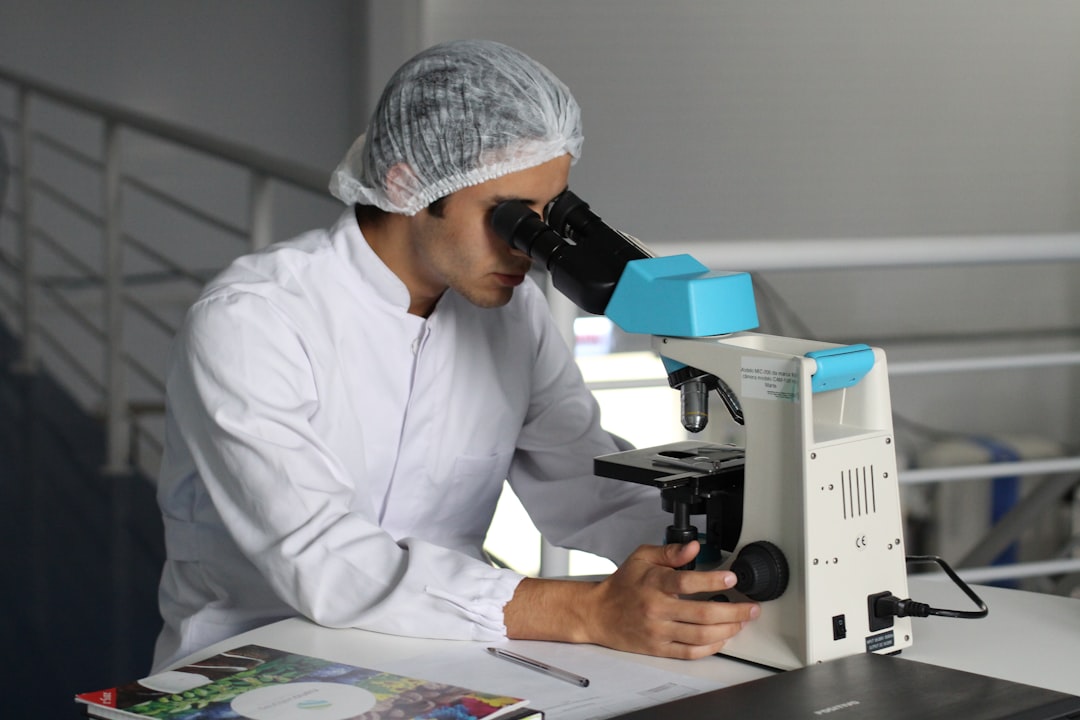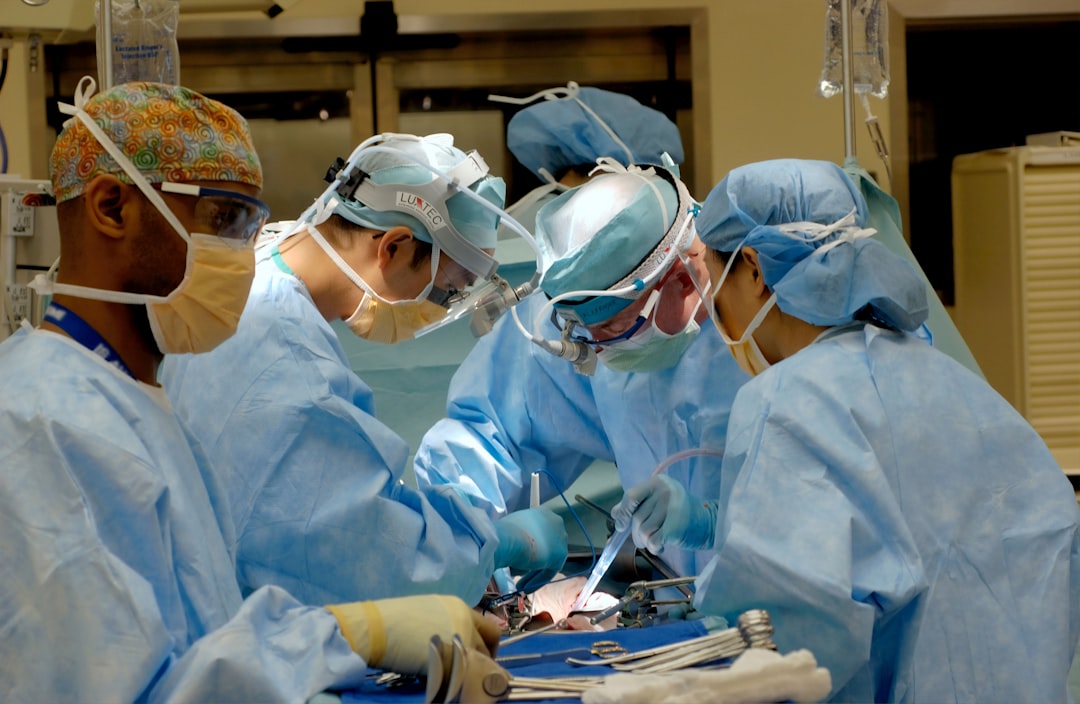What is it about?
All cells in the human body contain the same genetic information, yet different tissues form during embryonic development. This is possible because not all genes are expressed in every tissue. Cell-type specific gene expression is regulated by complex mechanisms. It involves the dynamic interplay between DNA, single proteins that regulate transcription (transcription factors), and multi-protein complexes that can change the 3D structure of the DNA, so-called chromatin remodeling complexes. Together, these guide the gene transcription machinery to the appropriate regions to co-activate gene expression. In this article we seek out how a chromatin remodeling and co-activator complex called SAGA can regulate what genes are expressed during development.
Featured Image

Photo by Lucas Santos on Unsplash
Why is it important?
The SAGA complex is versatile and consists of multiple modules with well characterized enzymatic functions. View it as a handyman with a big tool case. Our study shows that the non-enzymatic core module of SAGA is required for egg formation in fruit flies, while the enzymatic functions are largely dispensable. Nonetheless, all modules occupy together the majority of expressed genes and the gene structure does not determine the binding profile of this complex. These results suggest that genetic requirements for different modules depend on the developmental demands. An analogy for this phenomenon is the handyman principle: while a handyman has many tools, which tool he uses depends on what requires maintenance.
Perspectives
I hope that this article conveys how intruding gene regulation is. How can simple molecules determine what genes are expressed were? When all factors come together harmoniously, it results miraculously in the formation of new organism. When it derails, it results in catastrophic developmental abnormalities, or disease during adult life. Now that we know that the SAGA complex exerts its different functions on a as-needed basis, we are one step closer to understanding the dynamics of how genetic information is interpreted and results in gene-expression profiles.
Jelly Soffers
Read the Original
This page is a summary of: The SAGA core module is critical during Drosophila oogenesis and is broadly recruited to promoters, PLoS Genetics, November 2021, PLOS,
DOI: 10.1371/journal.pgen.1009668.
You can read the full text:
Contributors
The following have contributed to this page










